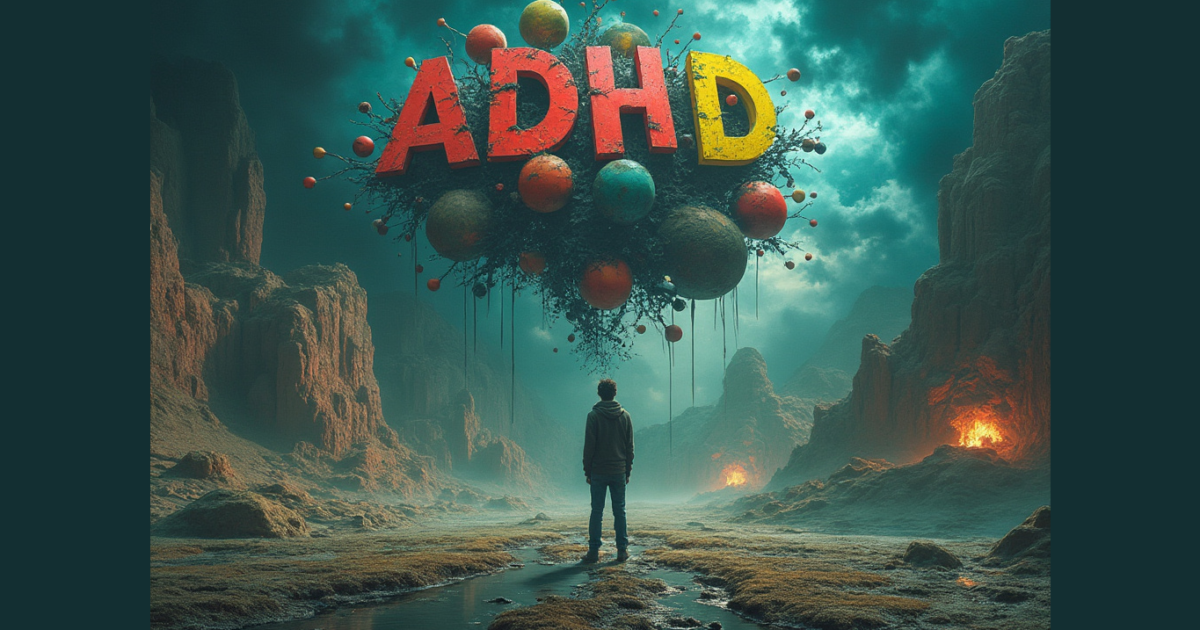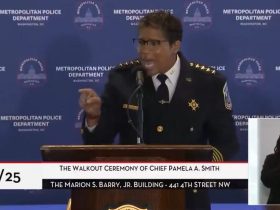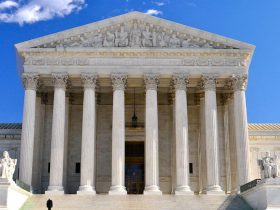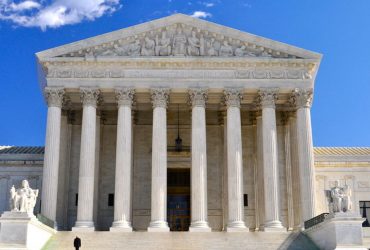Guest post by Joe Hoft at JoeHoft.com – republished with permission
1970 Hearing Reveals ADHD as Government-Funded Drug Experiment on Children
The following is republished with permission from AbleChild.
In 1970 a lawmaker wanted to know if the federal government had a hand in drugging school-age children that largely has today remained an unspoken, well-funded, uncontrolled clinical drug trial.
September 29, 1970, New Jersey Congressman Cornelis E. Gallagher held a hearing into the federal government’s role in promoting the use of amphetamines and Ritalin as behavior modification of grammar school children. Fifty-four years later, AbleChild applauds Representative Gallagher for presiding over the House Special Studies Subcommittee of the Committee on Government Operations investigation as it was one of the first hearings to draw attention to the government’s funding of experimental drug research using school-age children.
Gallagher wanted to know from the experts how it was okay to drug children with amphetamines and Ritalin to modify behavior in school, while at the same time pushing an active national campaign against drug abuse stating that “speed kills.” The Congressman was concerned about whether the drug therapy being used by the child would become a permanent part of the child’s school record, thus years later negatively impacting the child’s life. And, finally, the Congressman raised concerns “about the mislabeling of the child and packaging an ill-conceived program as an answer to our ills in the education of our children.”
At the time of the 1970 hearing, researchers were then labeling hyperactive children with Minimal Brain Dysfunction (MDA), then renaming it as Hyperkinetic disorder (HKD) or Hyperkinesis and finally settling on attention deficit hyperactivity disorder (ADHD). At the time of the hearing, none of the experts testifying could provide any scientific data proving the alleged brain abnormality existed. Still, fifty-four years later, there is no science to prove the alleged brain abnormality ADHD exists.
Ironically, one of the experts that testified at 1970 hearing warned that the drug therapy would “zoom” from its then usage in approximately 200 to 300 thousand American children. The prophecy was fulfilled. In 2020 alone, 9,585,203 Americans were taking some form of psychiatric mind-altering drug as “treatment” for the alleged ADHD. Almost four and a half million Americans between the ages of 0 and 24 alone were prescribed ADHD drugs in 2020.
The “experts” testifying before Gallagher’s subcommittee were as clueless then as the “experts” are today when it comes to any understanding of how the drugs worked as “treatment.” For example, Dr. Ronald Lipman testified during the 1970 hearing that “I think there are many gaps in our present knowledge. I don’t think we know as much about the neurological mechanisms underlying the action of these drugs as we might.”
If Lipman were being honest, he would have admitted that the “experts” then, like today, simply did not know how the drugs “work” as “treatment” for the alleged MDA, Hyperkinesis or ADHD. After all, according to the Food and Drug Administration (FDA), which approves drugs for use, the mode of action for Ritalin (methylphenidate) still, fifty-four years later, “is unclear.” The same is true for amphetamines as the FDA reports “the exact mechanism of amphetamines as a class is not known.”
But the real threat came from the parents of children who provided testimony about the coercion and harassment experienced at the hands of school officials to have their children referred or recruited into a drug program. The issue, as explained by those testifying, was that this kind of coercion on the part of school officials became a kind of uncontrolled drug experiment.
Again, moving forward, nothing has changed in fifty-four years, only accelerated. Gallagher reported during the hearing that the federal government had appropriated $3 million in grants for mental health research in 1970. A funding amount that today would be referred to as budget dust. But the funding increased exponentially and, as of 2020, the federal government spends an estimated $280 billion annually on mental health services.
And, like those raising concerns back in 1970 about schools becoming involved in the drugging of children to modify behavior, the same concerns are being raised today. The Bipartisan Safer Communities Act will dump hundreds of millions of dollars into School-based mental health, including implementing, enhancing, and expanding school-based mental health programs. Reading, writing, and drugging.
These school-based mental health programs were exactly what Congressman Gallagher feared would happen if federal mental health funding was left unchecked. The only difference is that fifty-four years after Gallagher’s insightful hearing, parents and students are not necessarily coerced or harassed into participating in a drug experiment but, rather, are joyfully encouraged to take advantage of the services freely provided by government funding.
Either way, children who participate in this new school-based mental health scheme still are part of an uncontrolled drug experiment paid for by federal funding. And two other things have not changed. There still is no science to support ADHD as a brain abnormality or any other psychiatric disorder, and the FDA still has no idea how the drugs used as “treatment” actually “work” in the brain.
Gallagher would be rolling in his grave if he knew the federal government’s involvement in child drugging. In 2023, the federal government provided funding to the tune of $131.7 million in grant programs that connect youth and families to behavioral health services and $55 million to expand access to mental health care for young people, including access to mental health care in schools.
It’s fair to say that Gallagher knew too well that this mental health train wreck would occur. Sadly, despite Gallagher’s efforts to ensure the federal government would not contribute to, or participate in, any school program that would contribute to the drugging of children, today it is almost completely the federal government that pays for mental health research in the form of grants and hundreds of millions of dollars appropriated directly to mental health programs in schools.
Make no mistake, the largest funder of research on mental health disorders is the National Institute of Mental Health (NIMH) and Medicaid is the single largest payer for mental health services in the U.S. It should be no surprise then that the total private investment that flows into mental health services from all private sources amounts to approximately $65 million, leaving one to conclude that if it weren’t for federal taxpayer dollars, the mental health industry would be non-existent.
And, as Gallagher and his committee anticipated, school-age children are being drugged at ever-increasing numbers and, sadly, mental health services continue to be federally funded at new highs every year. The problem, of course, is that despite more than fifty years of government funded mental health and drug research, no one is getting better. Seems like it’s time for another hearing.
The ADHD mindscape – image created by Grok
Be the Voice for the Voiceless
Every dollar you give is a powerful statement, a resounding declaration that the struggles of these families will no longer be ignored. Your generosity today will echo through generations, ensuring that the rights and well-being of children are fiercely guarded. Don’t let another family navigate this journey alone. Donate now and join us in creating a world where every child’s mind is nurtured, respected, and given the opportunity to thrive. As a 501(c)3 organization, your donation to AbleChild is not only an investment in the well-being of vulnerable children but also a tax-deductible contribution to a cause that transcends individual lives.
The post ABLECHILD: 1970 Hearing Reveals ADHD as Government-Funded Drug Experiment on Children appeared first on The Gateway Pundit.











